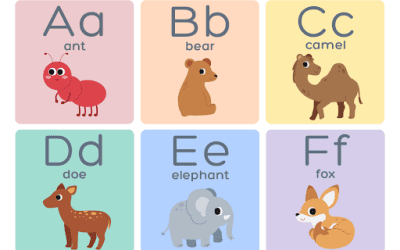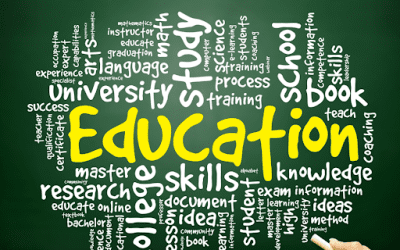Have you ever looked at a course, lesson plan, assessment item, or learning object that you have created and wondered if it is as good as it could be? If you are anything like me, you know that training and educational content can almost always be improved. Even if what you have developed is very good, there are always lingering questions as to whether tweaking something in a slightly different way would make it better. After all, don’t the best people always try to improve anything that they work on?
The greatest problem with continuously trying to improve a work product is that improvement requires the expense of additional resources. It takes additional resources to continuously improve a course. It takes both time and human resources to develop different versions of a course to see which version works best. It costs money. Every time we add an new interactive element, illustration, or block of text, somebody has to develop it and incorporate it within the course.
As instructional designers and course developers we know that the final step of the ADDIE model is evaluation. We should evaluate and improve on a continuous basis. As professionals, we want to work on a course until it is perfect. We know that the better our course is, the easier it will be for teachers to teach it and students to learn from it. We don’t want cost to be a constraint. If it’s better to include interactive 3D simulations within our lessons we want to do so. If it’s better to provide students with specific types of software that they can use at home for homework, we want to provide this. It’s really really simple; we went into this field because we care about education and want to provide the highest quality learning environments possible.
Our bosses, on the other hand, those responsible for P&L statements, may care more about cost. They have to justify expenses to the owners and shareholders and this is often based on ROI. This means that for every improvement made to a course, there must be a corresponding increase in sales. From a pure business perspective, if we can’t earn additional revenue from an expense that we incur in improving a course, then it is not worth improving it.
Certainly there is a significant tension between the need for continuous improvement and the need for a return on our investment. As professionals in educational publishing, we must find a balance for these two competing ideas. The trick to resolving this tension is to create the very best content with the resources that are able to be utilized. However, this is very hard to do. It requires great thought, insight, and market analysis. Of course, different companies will resolve this tension in different ways.
The best educational content development houses know that it is imperative to precisely understand client needs and desires when it comes to content development. Some educational publishers will believe that developing what I like to refer to as Rolls Royce content is the best way to go. Others will opt to develop Yugo content. Most will be somewhere in between. Regardless of the level of content that a company chooses to develop, there is a need to develop the very best content possible. Educational content development houses know how to do this. The first step is precisely understanding client expectations.
As we explain in our A Pass Angle entitled, “The Key to Successful Vendor/Client Relationships,” the most important way to ensure that a client gets what they want is through continuous and effective communication. It’s well worth the read. To download a copy of this brief go here.




